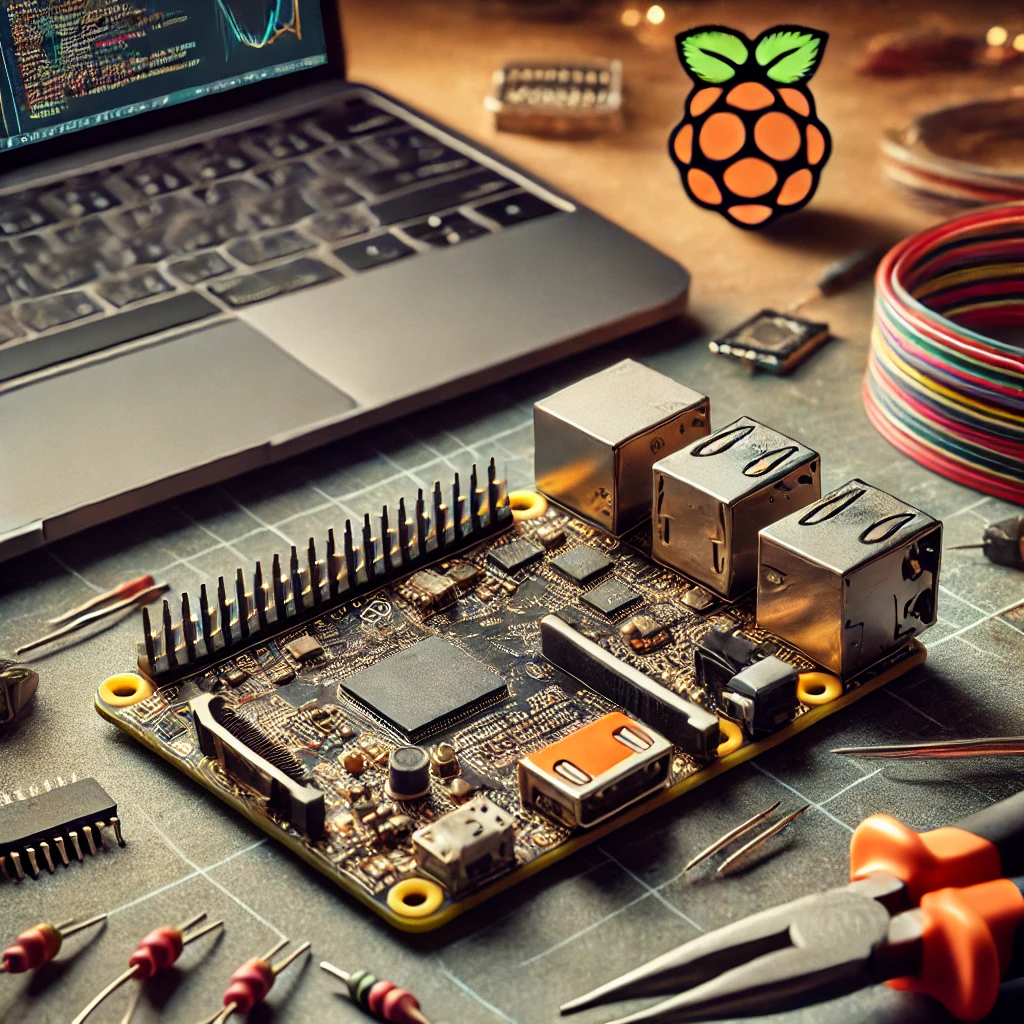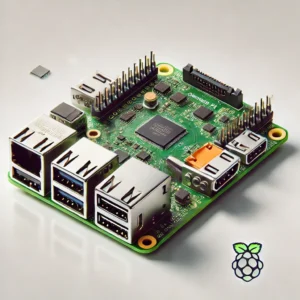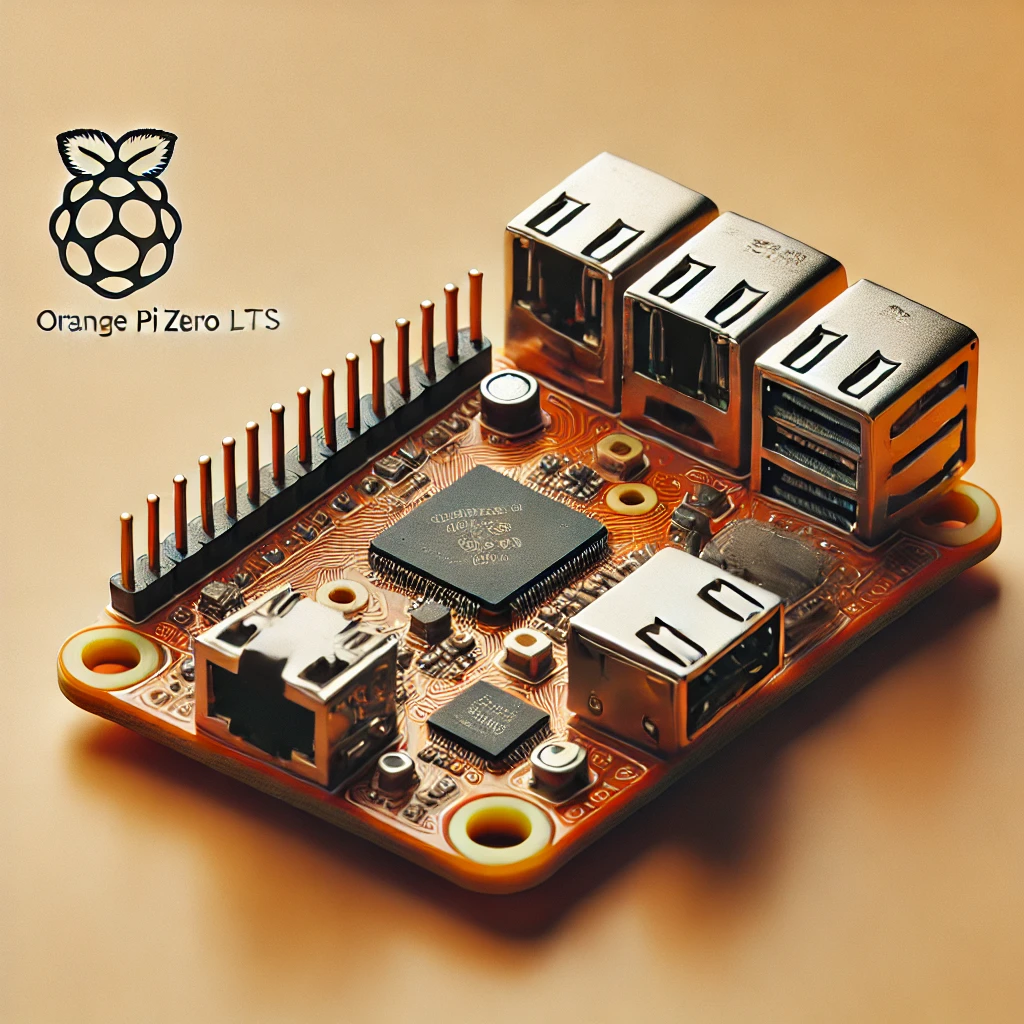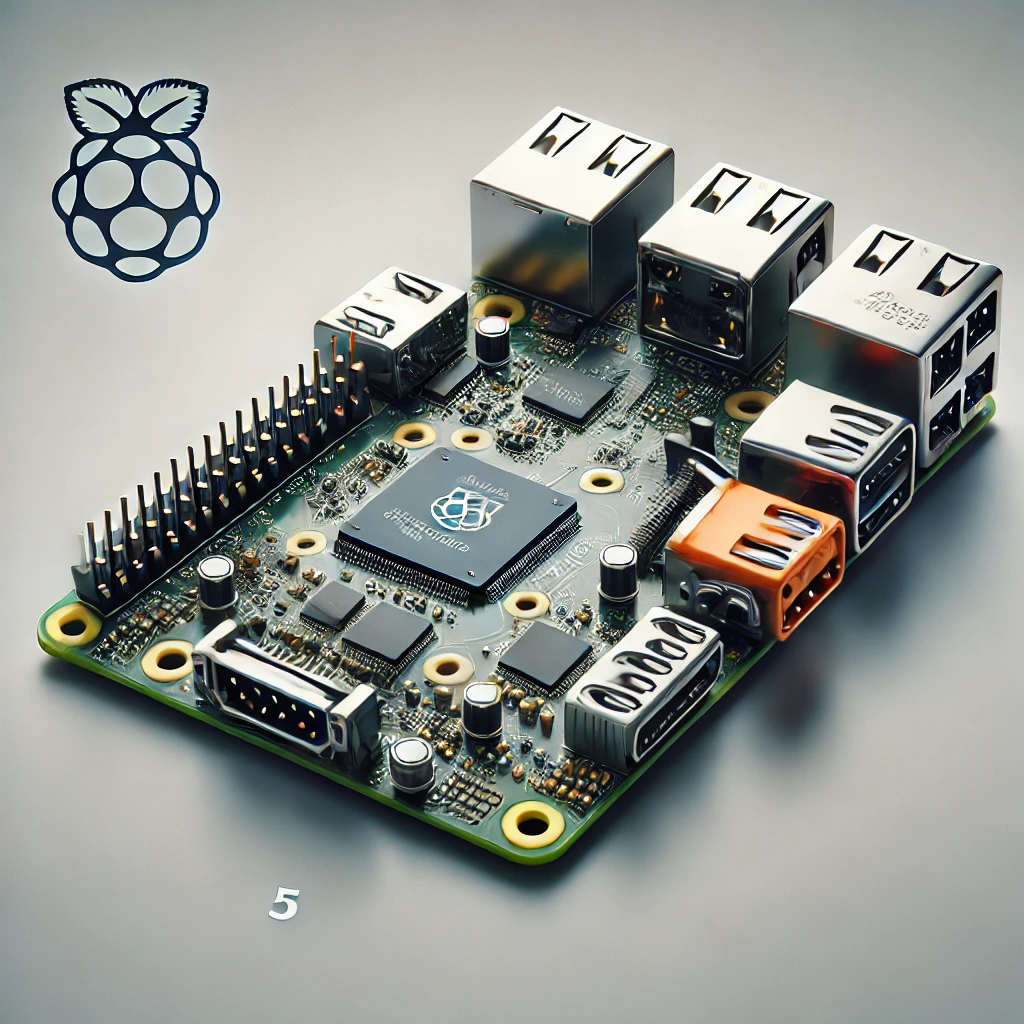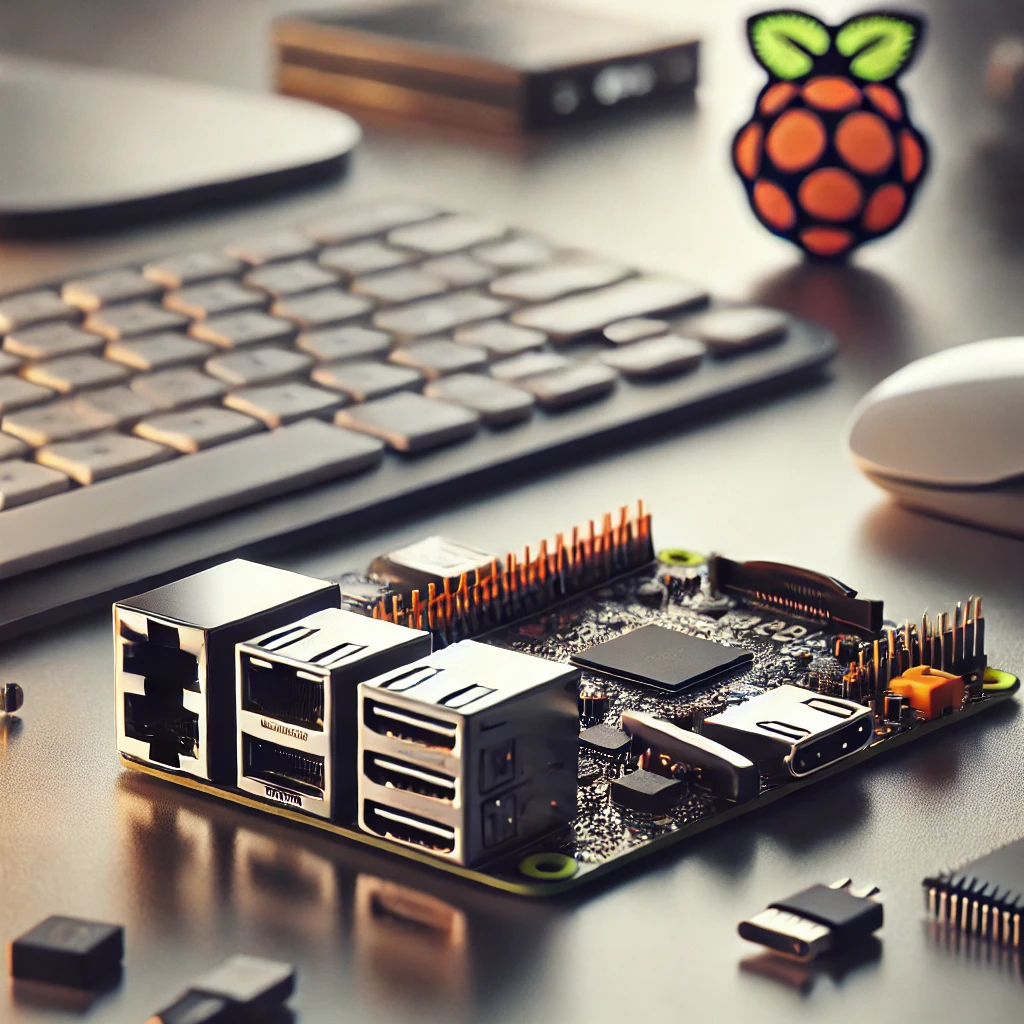Orange Pi is an open-source, single-board computer (SBC) designed to offer a cost-effective and flexible alternative to Raspberry Pi. Developed by Shenzhen Xunlong Software Co., the Orange Pi family includes several models that cater to hobbyists, developers, and educational purposes. Whether you’re interested in robotics, IoT projects, or media centers, Orange Pi provides a versatile platform to explore.
Key Features of Orange Pi
-
Affordable Price:
With models ranging from low-cost to more powerful versions, Orange Pi offers a budget-friendly way to work on complex projects. -
Multiple Connectivity Options:
USB ports, HDMI output, GPIO pins, and Ethernet support are some of the common connectivity features available. -
Variety of Models:
From entry-level Orange Pi Zero to more robust models like Orange Pi 5, users can choose a board suited to their needs. -
Open-Source Software Support:
Orange Pi supports multiple operating systems such as Android, Ubuntu, and Debian, allowing for customization and flexibility.
Why Choose Orange Pi?
Orange Pi’s adaptability makes it ideal for various applications such as home automation, building a personal server, or experimenting with programming. It provides similar functionality to Raspberry Pi but often at a more affordable price point.
Getting Started with Orange Pi
-
Choosing the Right Model:
Select an Orange Pi board based on your project requirements. -
Installing an OS:
Use a microSD card to flash an operating system like Android or a Linux distro. -
Connecting Components:
Set up peripherals such as a monitor, keyboard, and mouse to get started with your board. -
Programming:
Use languages like Python, Java, or C to create projects that interact with the physical environment using sensors and other components.
Popular Use Cases
-
IoT Projects:
Orange Pi can act as a hub for controlling IoT devices. -
Educational Tools:
Schools and hobbyists use Orange Pi to teach programming and basic electronics. -
Media Centers:
Many users create media servers using Orange Pi, taking advantage of its powerful hardware at an affordable cost. - Visit our other website: aibrainpowered.com

